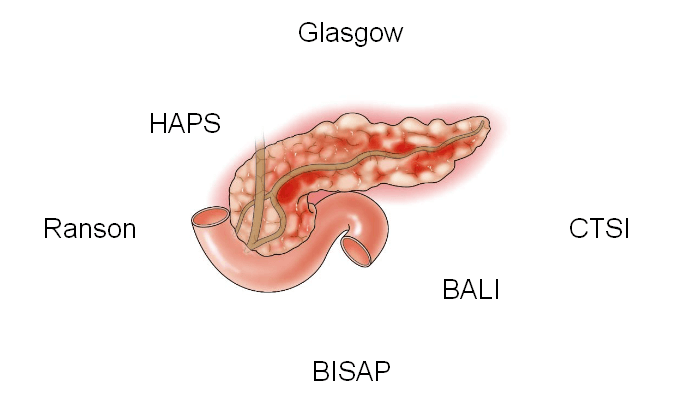Modified Glasgow-Imrie Score Severe pancreatitis likely: 3 or more of the following within 48 hours of symptom onset Mnemonic: PANCREAS Mnemonic Criteria Positive when P PaO2 <60 mmHg A Age >55 years N Neutrophils (WBC) >15,000/cu.mm C Calcium <2 mmol/l R RFT (Urea) >16 mmol/l E Enzyme (LDH/AST) LDH >600…
Tag: Emergency medicine
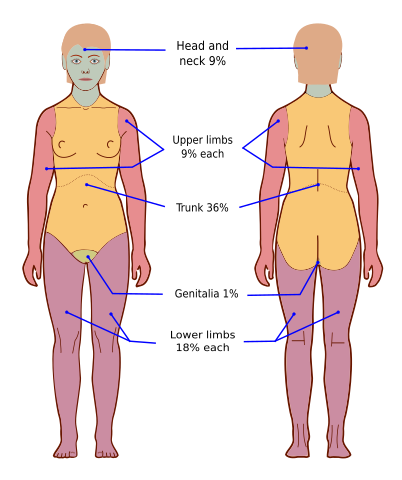
Burn Injury : Mnemonic Approach (ATLS)
Mnemonic: BURNS Burn depth and body surface area (BSA) Burn degree Burn depth Features Healing Mnemonic: Number of degrees = Number of structures involved Mnemonic: RBCS 1st Superficial (epidermis only) Red <1 wk 2nd Partial thickness – superficial (epidermis + papillary dermis) Blister + Blanches 1-3 wks Partial thickness –…
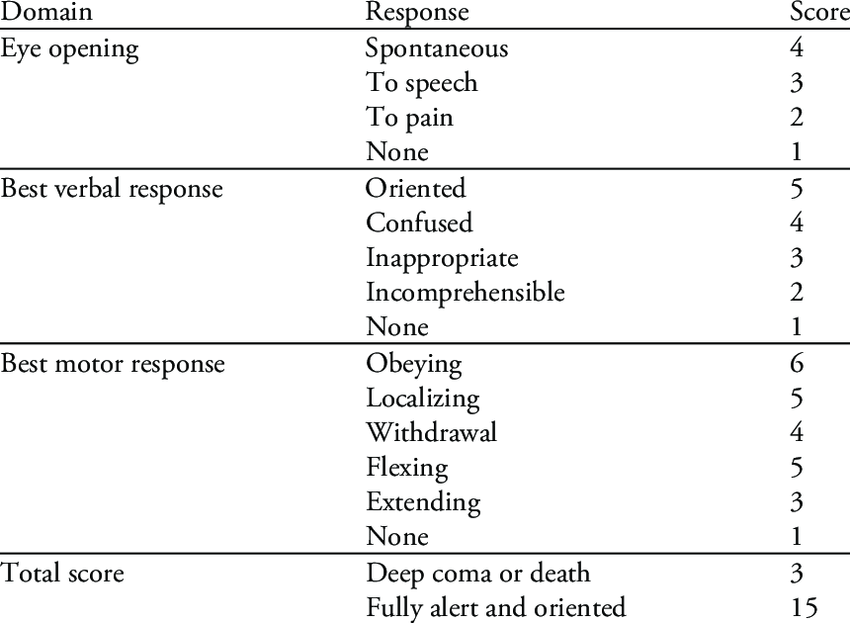
Glasgow Coma Scale
Best eye opening Mnemonic: ESPN Best verbal response Mnemonic: ASWGN Best motor response Mnemonic: OLD BEN Important points Question and Example A 20 year old man is hit over the head with a mallet. On arrival in the accident and emergency department he opens his eyes to pain and groans…
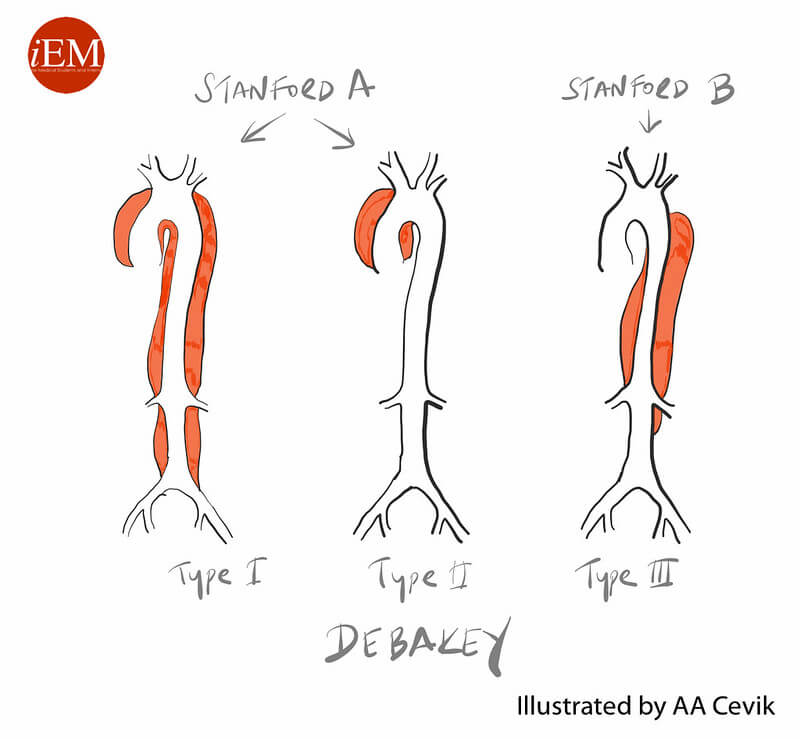
Aortic dissection
Risk factors Mnemonic: ABCDE Pathophysiology Intimal tear allows blood to enter between intima-media space creating a false lumen. Blood may propagate proximal or distal to tear. Clinical features Investigations Classification and Management Stanford DeBakey Description Frequency Management Mnemonic: BAD Mnemonic: A for A; B for B A (Ascending aorta involved)…
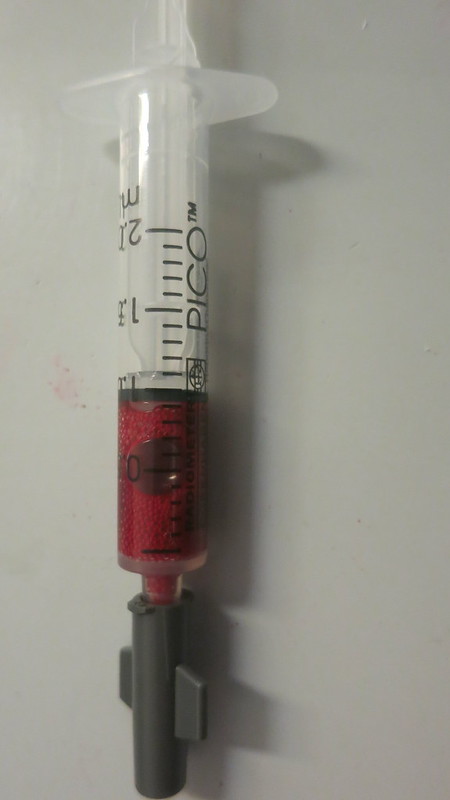
ABG Interpretation Made Easy
Normal values Step 1: pH Step 2: pCO2 Step 3: HCO3- Step 4: Determine compensation If there is metabolic acidosis or alkalosis, determine if there is appropriate respiratory compensation: No respiratory compensation: Expected pCO2 = Measured pCO2 Respiratory compensation: Expected pCO2 ≠ Measure pCO2 Step 5: Delta ratio ΔAG /…
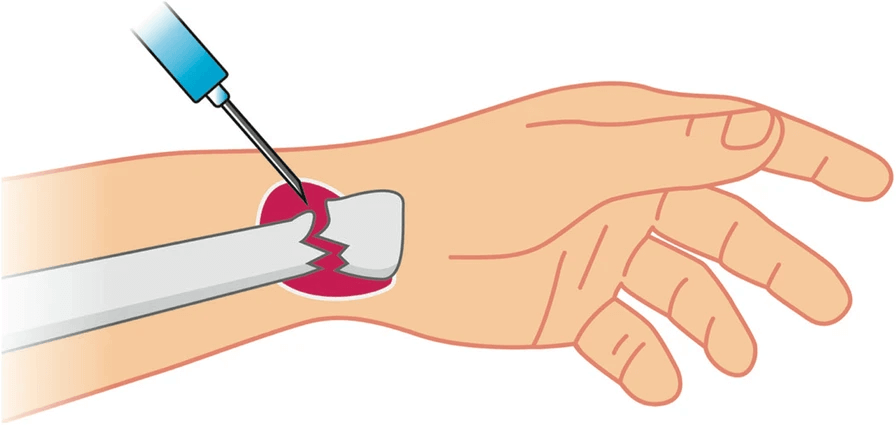
Hematoma Block
Hematoma block is a technique in which a local anesthetic agent is injected directly into the hematoma surrounding the fracture, the location of which is confirmed by aspirating blood into the syringe. Indications of Hematoma Block Contraindications of Hematoma Block Hematoma blocks typically are ineffective in open fractures. Mechanism of…
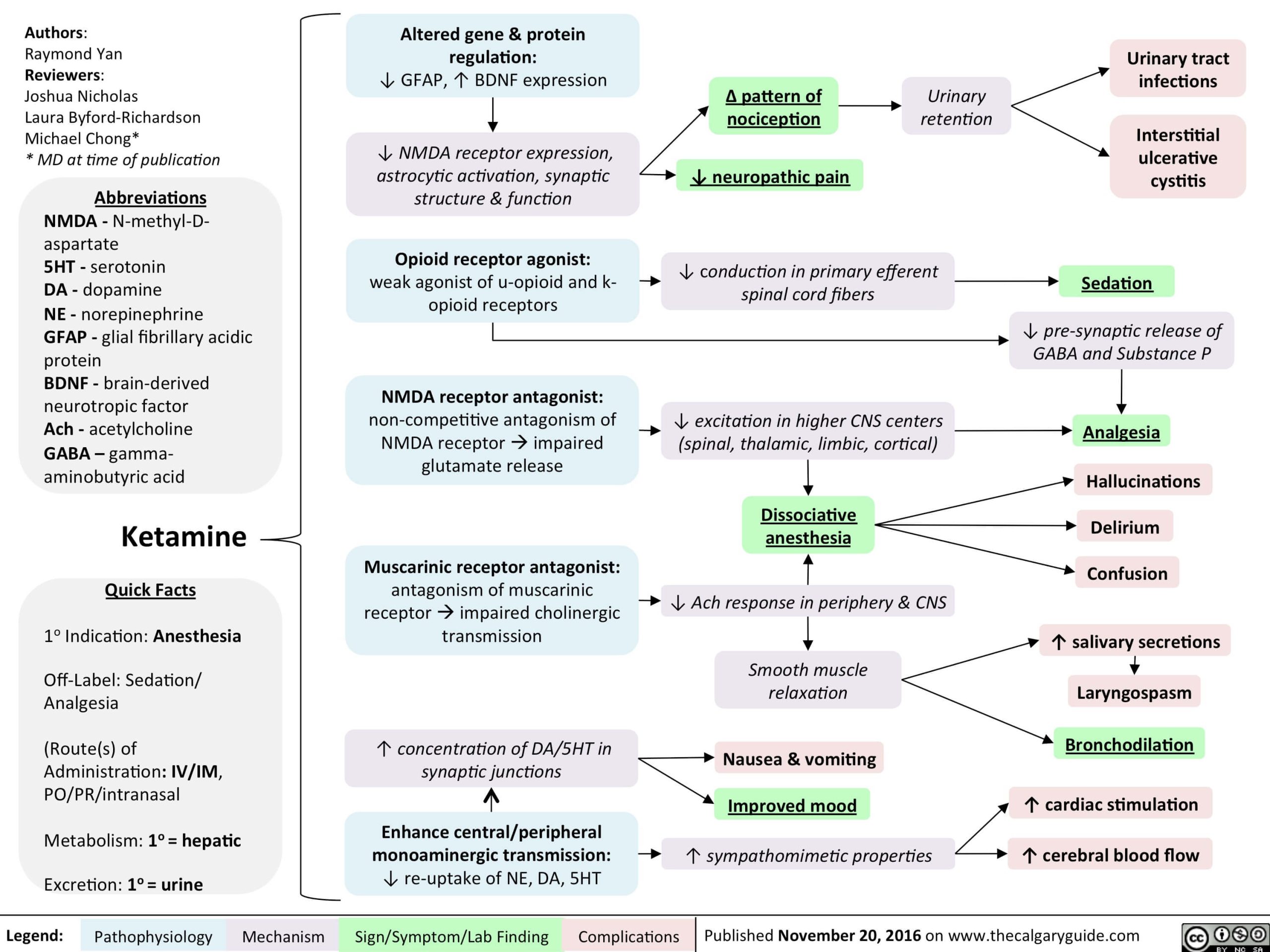
Ketamine : Mnemonic
K: Kids (Induction agent of choice in children) E: Emergence reaction (floating sensations, vivid dreams and hallucination; reduced using benzodiazepines), Enantiomers (S-Ketamine and R-Ketamine) T: Thalamo-cortical dissociation with limbic system causing dissociative anesthesia A: Analgesic, Amnesic, Antidepressant, All routes (IV, IM, PO, Intranasal, Epidural, Intrathecal) M: Meals – can be…

Hip Spica Cast
Acceptable angulation in Femoral Shaft Fractures Age Varus/Valgus (degrees) Anterior/Posterior (degrees) Shortening (mm) <2 yr 30 30 15 2-5 yr 15 20 20 6-10 yr 10 15 15 >10 yr 5 10 10 Reference: Rockwood and Wilkin’s Fractures in Children – Leg position for Hip Spica Application in Femur Shaft…
